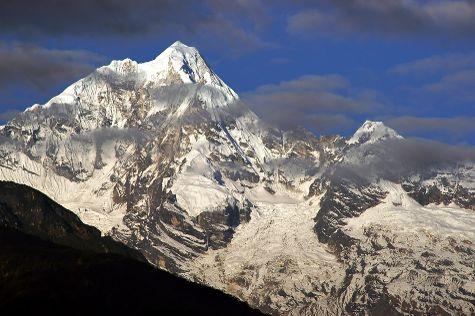
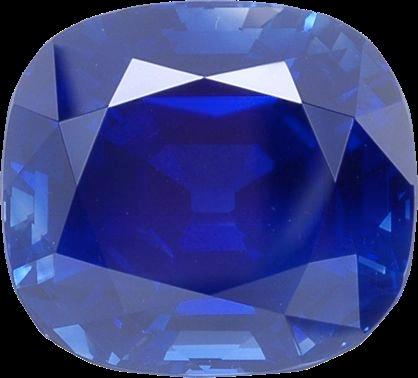

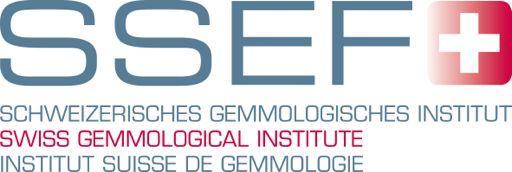
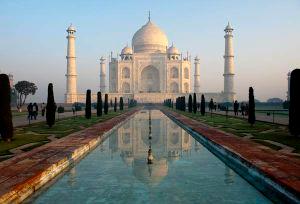
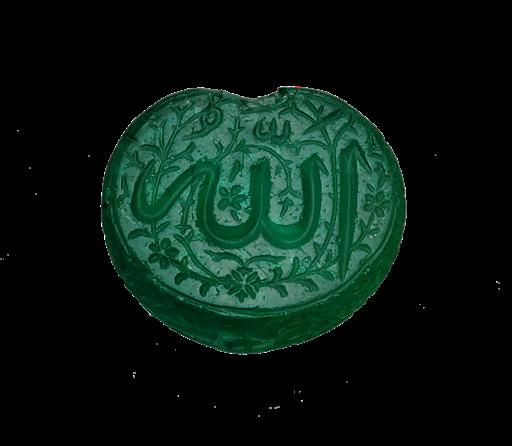
1
Michael S. Krzemnicki Swiss Gemmological Institute SSEF Photos © M.S. Krzemnicki, SSEF, except where indicated otherwise
News from the SSEF SGG, Zentralkurs April 2012, Flüeli-Ranft
Indian treasures
New Ruby Deposit: Montepuez in Mozambique
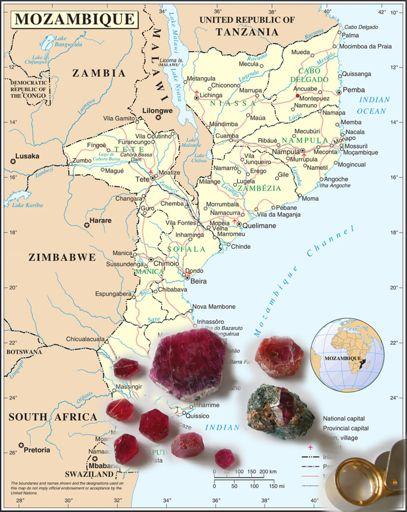
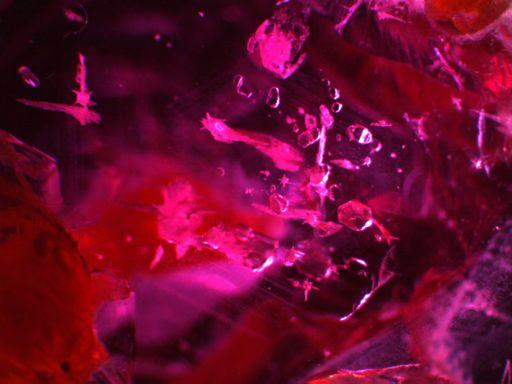
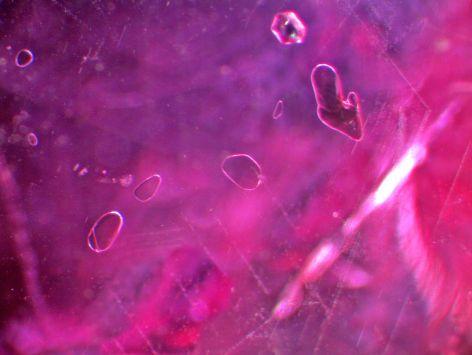
Set of exceptional rubies from Mozambique
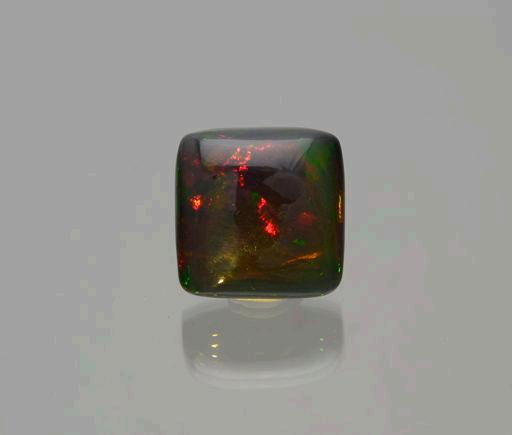
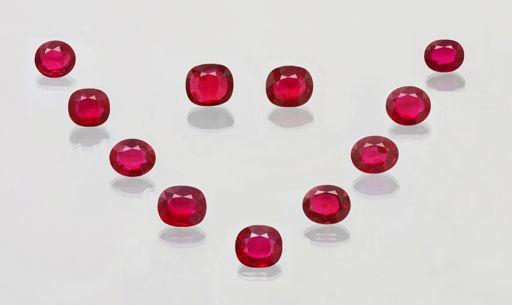
2
Inclusions may resemble those of rubies from Mogok in Burma
Both rubies approx. 15 ct
Photo: H.A. Hänni
Photo: H.A. Hänni
© Swiss Gemmological Institute SSEF Rubies from 5 to 10 ct
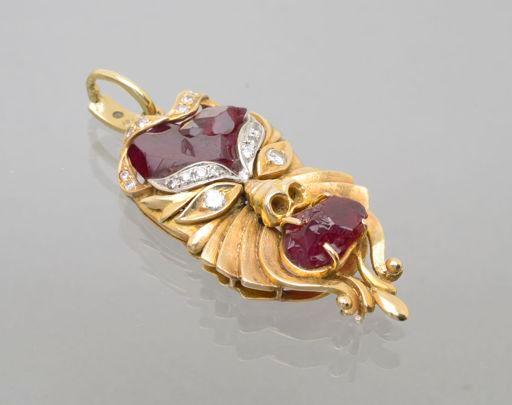
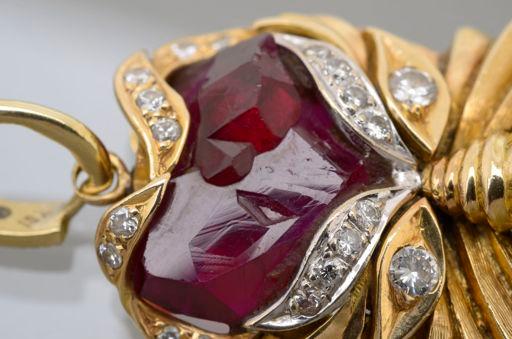
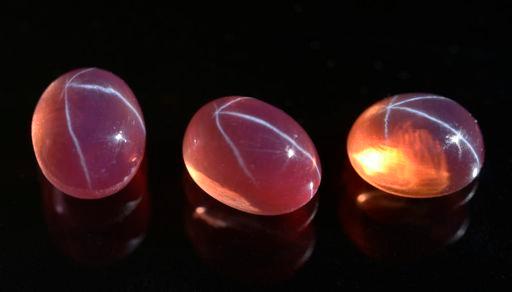
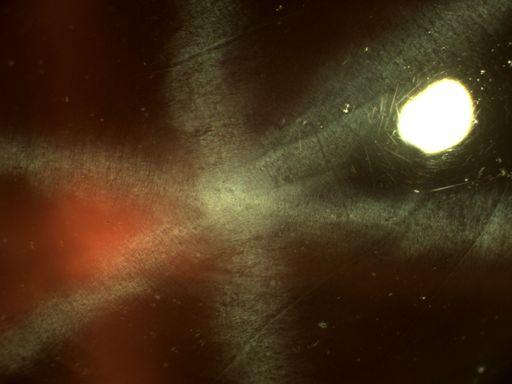
3
From the tourist bazar….
© Swiss Gemmological Institute SSEF
Flux-melt
synthetic ruby
Treated orange star sapphire:
© Swiss Gemmological Institute SSEF
Beryllium diffusion (lattice) and titanium diffusion (surface), both induced during high-T heatings !
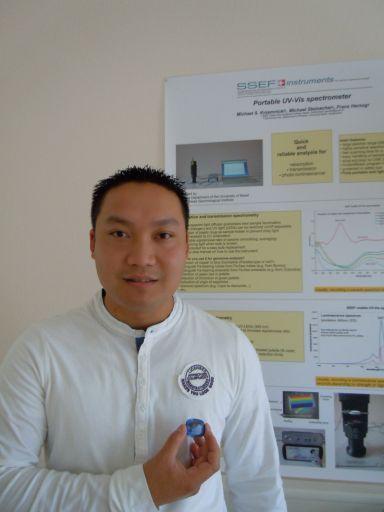
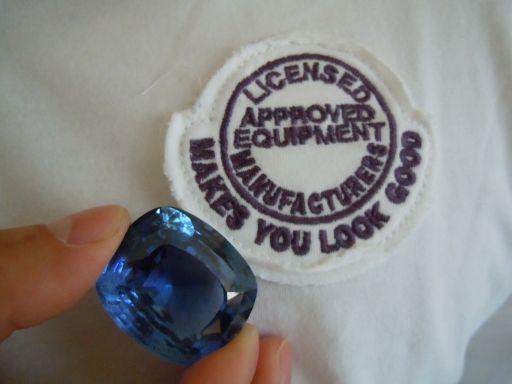
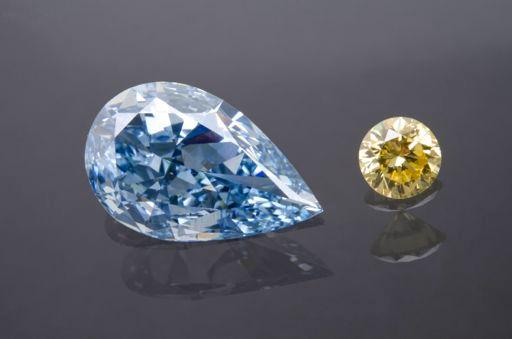
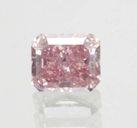
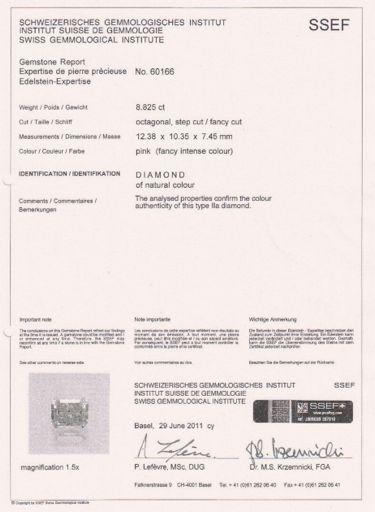
4 100 ct unheated Sapphire from Ceylon © Swiss Gemmological Institute SSEF Fancy coloured diamonds
Garnet with interesting features
Garnet with interesting features
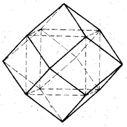
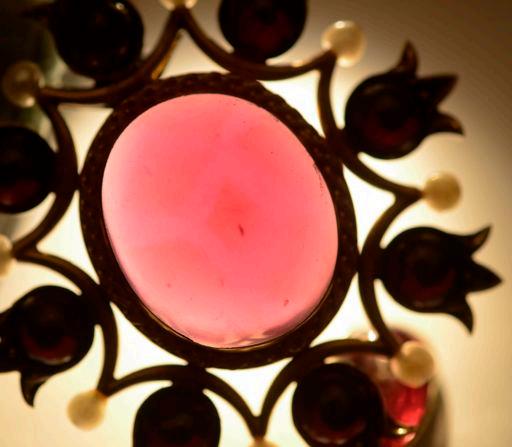
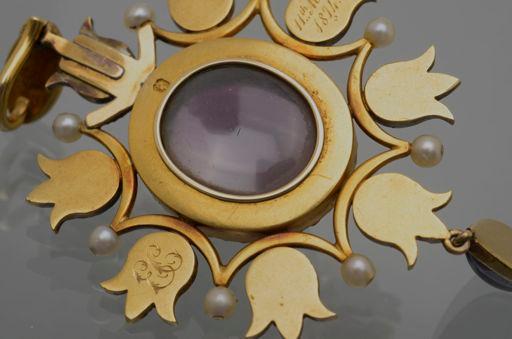
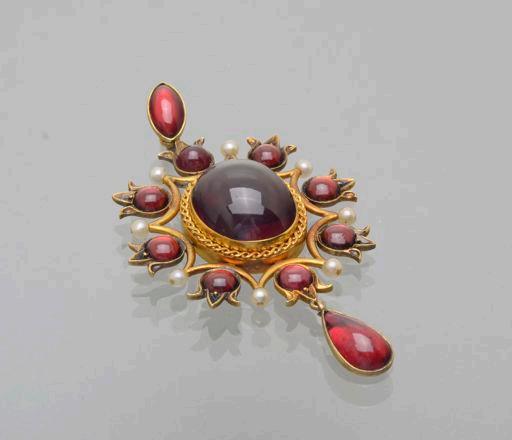
5
© Swiss Gemmological Institute SSEF
Pyrope-almandine garnet with hollowed bottom part (to lighten colour) and quartz plate on the base.
©
Swiss Gemmological
Institute SSEF
Viewed in transmission: weak rhombic sector zoning according to dodecahedral crystal shape !
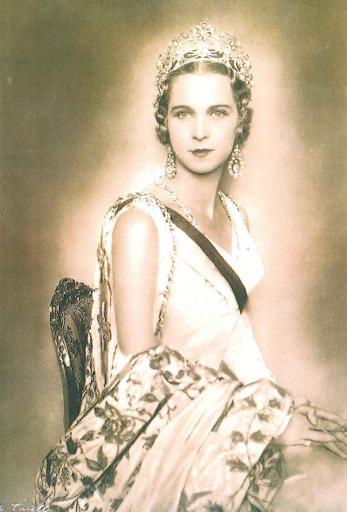
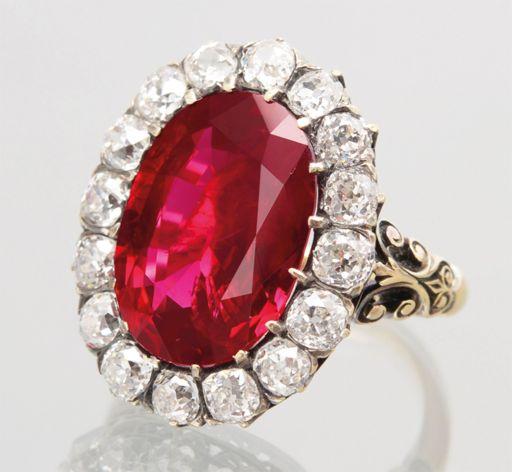
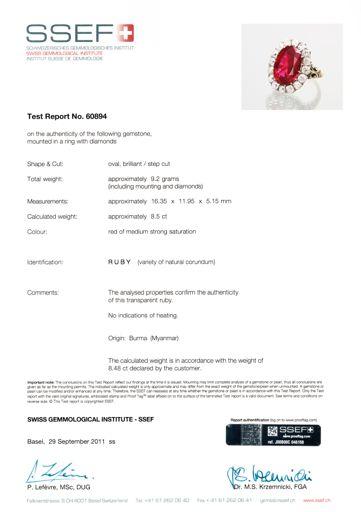
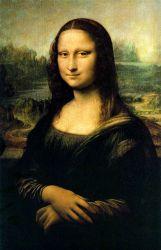
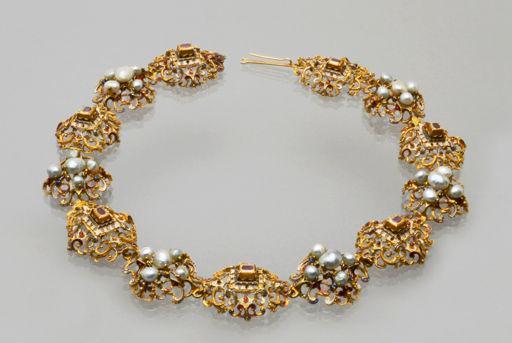
6
Historic Jewellery
© Swiss Gemmological Institute SSEF
Renaissance Necklace
© Swiss Gemmological Institute SSEF
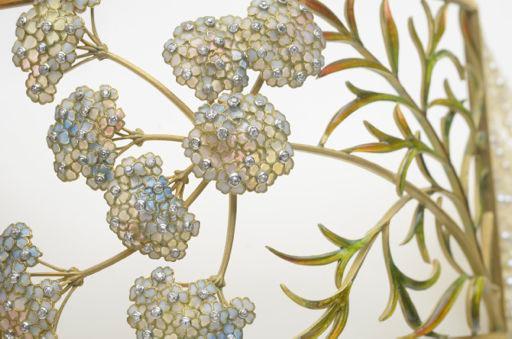
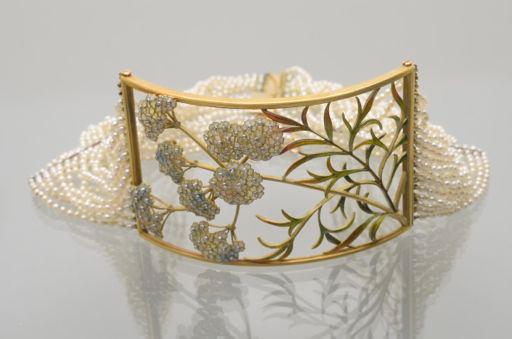
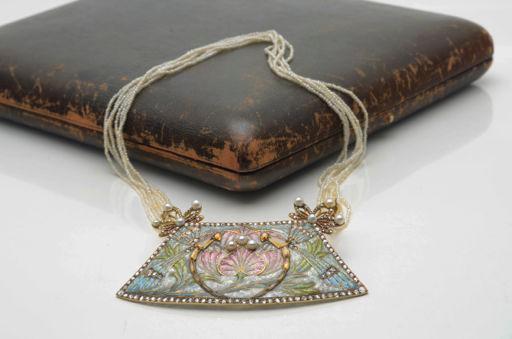
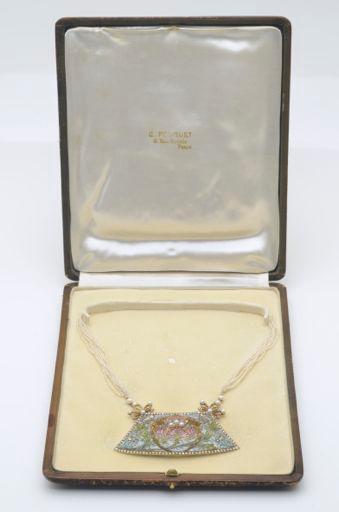
7
Art nouveau bracelet
© Swiss Gemmological Institute SSEF
Art nouveau necklace with dragonflys
©
Swiss
Gemmological Institute
SSEF
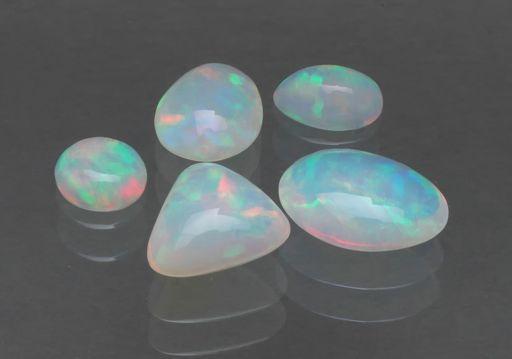
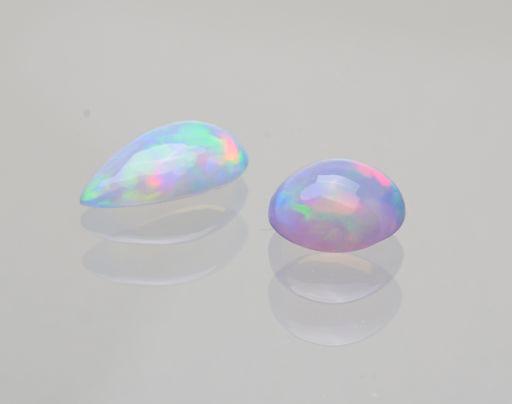
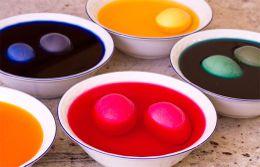
8
Opal from Ethiopia
© Swiss Gemmological Institute SSEF
Dyed opal from Ethiopia
© Swiss Gemmological Institute SSEF
Dyed opal from Wollo, Ethiopia
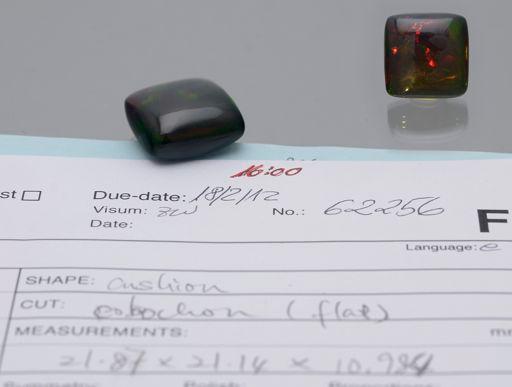

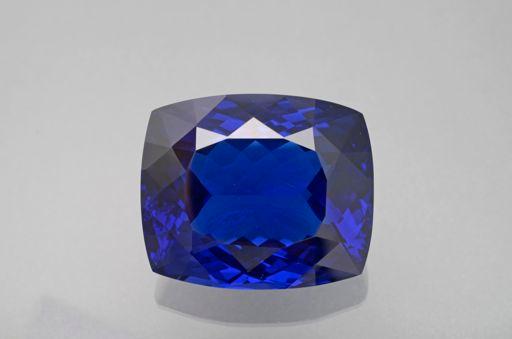
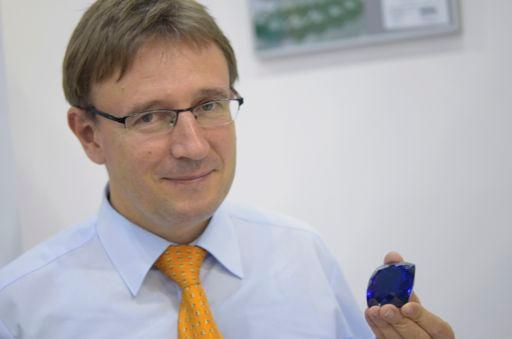
9
Dyed opal from Ethiopia
© Swiss Gemmological Institute SSEF
700 ct tanzanite © Swiss Gemmological Institute SSEF
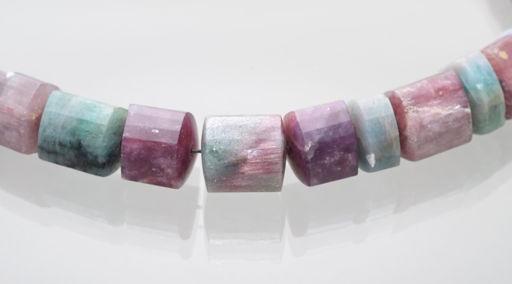
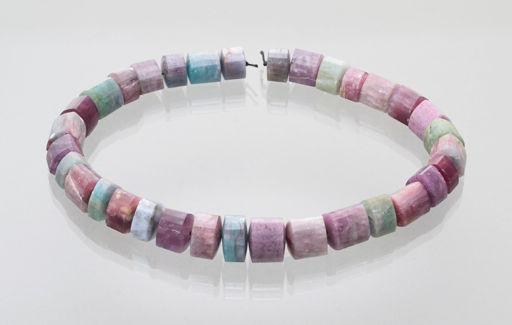
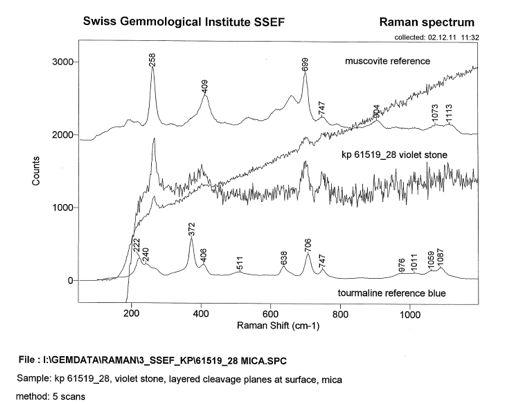
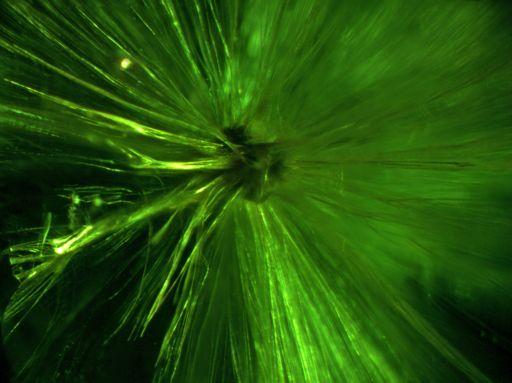
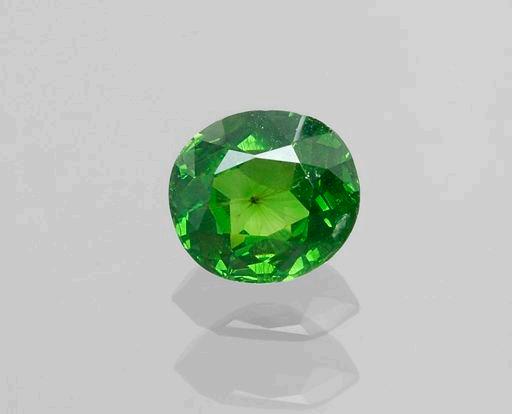
10
Tourmaline and lepidolite (mica) intergrowth from Paraiba, Brazil mica reference
Demantoid garnet from Russia
© Swiss Gemmological Institute SSEF
Alexandrite versus Chrysoberyl
Alexandrite is a variety of chrysoberyl, showing a colour change from daylight to incandescent light (tungsten lamp) due to chromium
The main colour hue has to change to be qualified as alexandrite; e.g. from bluish green to purple
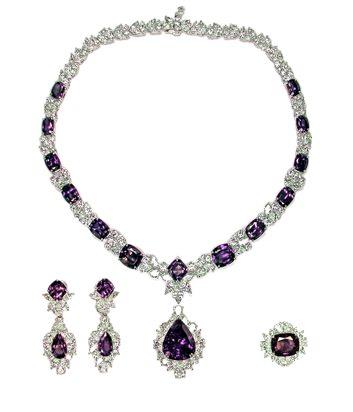
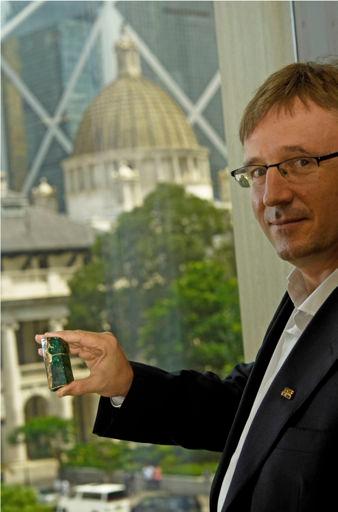
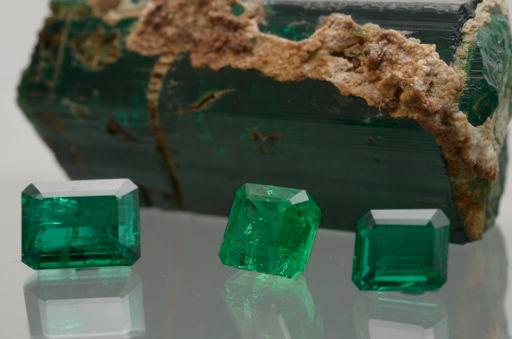
11
Emerald crystal 635 ct; Panjeer, Afghanistan
© Swiss Gemmological Institute SSEF
© Swiss Gemmological Institute SSEF
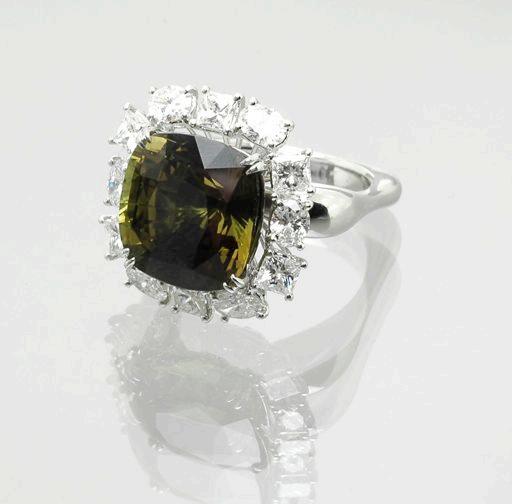
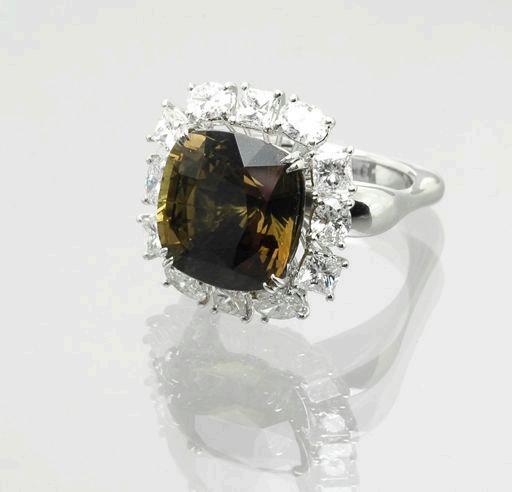
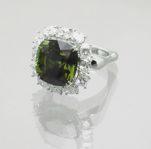
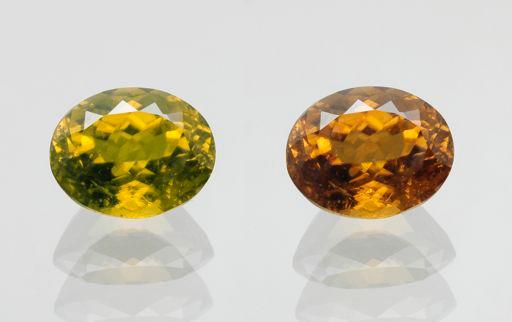
12
© Swiss Gemmological Institute SSEF
This is not Alexandrite !!This chrysoberyl does not contain chromium (or only very low traces). It shows only a colour change due to a nearly monochromatic bluish white LED light source! daylight incandescent LED light nearly no colour shift Visible colour change Bastnäsite (Nd) from Pakistan with colour change © Swiss Gemmological Institute SSEF daylight incandescent light
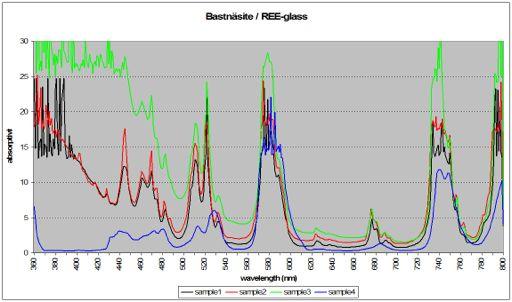

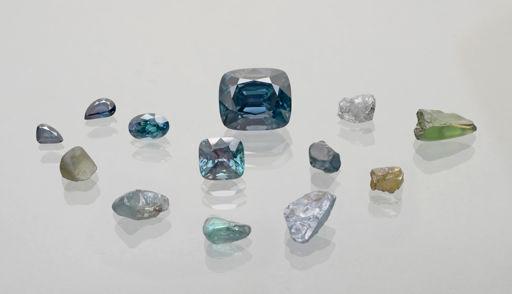
13
Bastnäsite (Nd) from Pakistan with CC
© Swiss Gemmological Institute SSEF
Neodymium (Rare Earth Element) replacing some cerium is responsible for colour change.
Colour changing zircon from Burma
© Swiss Gemmological Institute SSEF
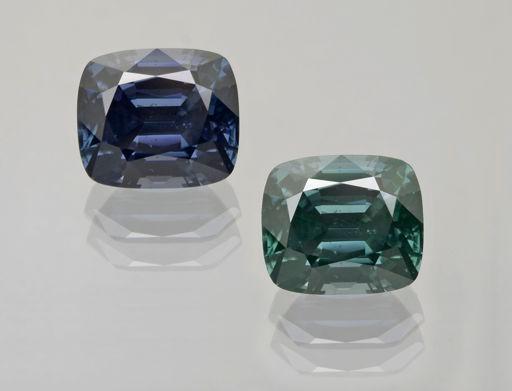
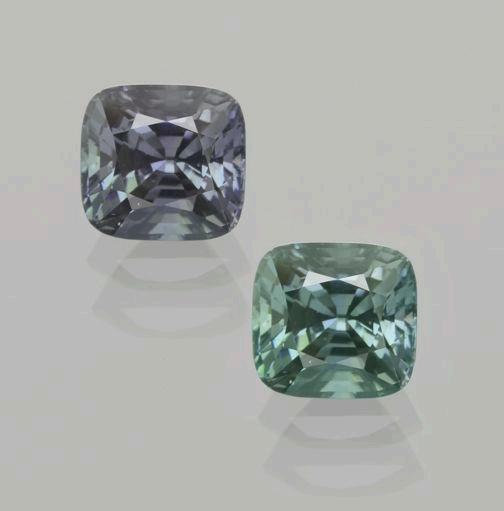
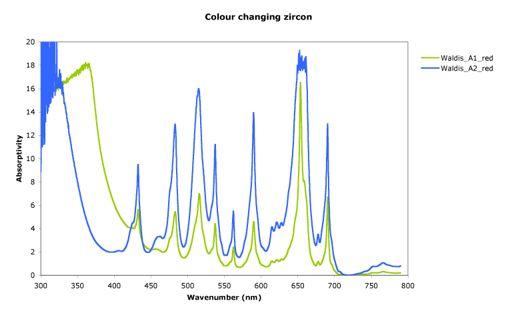
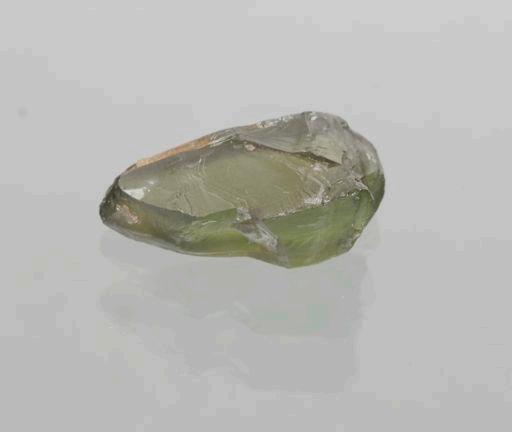
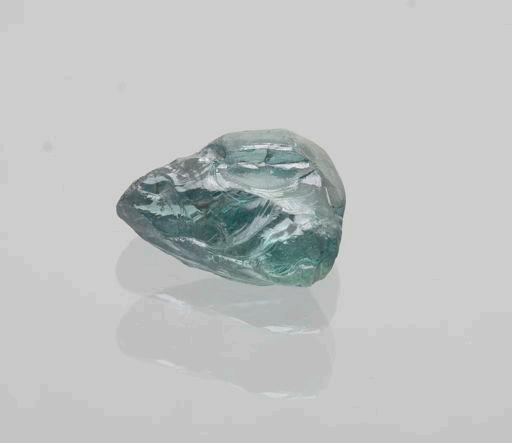
14
Colour
changing zircon
from Burma
©
Swiss
Gemmological Institute
SSEF daylight incandenscent light50 ct Colour changing zircon from Burma © Swiss Gemmological Institute SSEF heated unheated These zircons are only revealing a colour change after a heat treatment ! heating
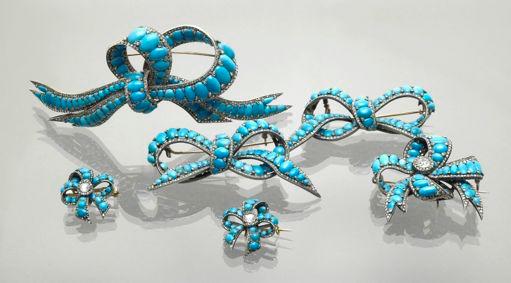

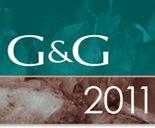
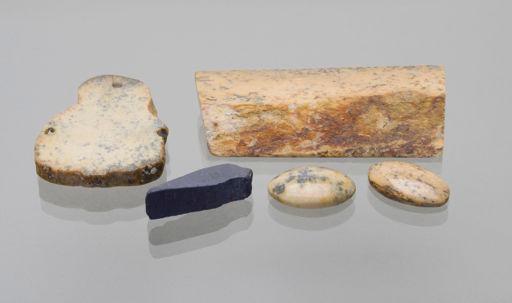
15 © Swiss Gemmological Institute SSEF Odontolite: heat treated fossilized ivory East (Tibet, Mongolia, and China), and by native North Americans (Ahmed, 1999; Chalker et al., 2004). Yet turquoise was once very fashionable in turquoise was not available. The wide range of turquoise imitations includes secondary minerals from copper deposits such as chrysocolla, dyed min1985; Hurwit, 1988; Salanne, 2009). In this study, we report on historic turquoise substitute—fossilized dentine, also known as million years old) sedimentary rocks of the Gers District between the Aquitaine and Languedoc regions of southwestern France (Reiche et al., 2001). Pyrenees Mountains (Crouzel, 1957; Antoine et al., 1997). The fossilized dentine consists mainly of fluorapatite, Ca (PO F; since medieval times, local Cistercian monks have used heating process to to be turquoise. These “stones” were originally set in medieval religious artifacts, but came into fashion in the early to mid-19th century (Brown, 2007), T he Swiss Gemmological Institute SSEF recently received set of six antique brooches for with numerous small rose-cut diamonds and few larger old-cut diamonds, but most prominent were number of light blue to greenish blue cabochons that examining the blue gems in greater detail to shed light on early turquoise imitations. Turquoise, copper-bearing hydrated aluVol. 47, No. pp.296–301, © 2011 Gemological Institute of America Michael S. Krzemnicki, Franz Herzog, and Wei Zhou A set of six antique brooches, set with diamonds and light blue cabochons, was investigated with microscopy, Raman analysis, and EDXRF spectroscopy. Most the cabochons proved to be ECHNIQUES A HISTORIC TURQUOISE EWELRY SET CONTAINING FOSSILIZED DENTINE (ODONTOLITE) AND GLASS Treated orange star sapphire: © Swiss Gemmological Institute SSEF Rostellite: fossilized jawbone of prehistoric beaked whales) from New Zealand, including two cabochons cut from the material. The greyish-blue sample was subjected to heat treatment (620°C for 6 hours).






